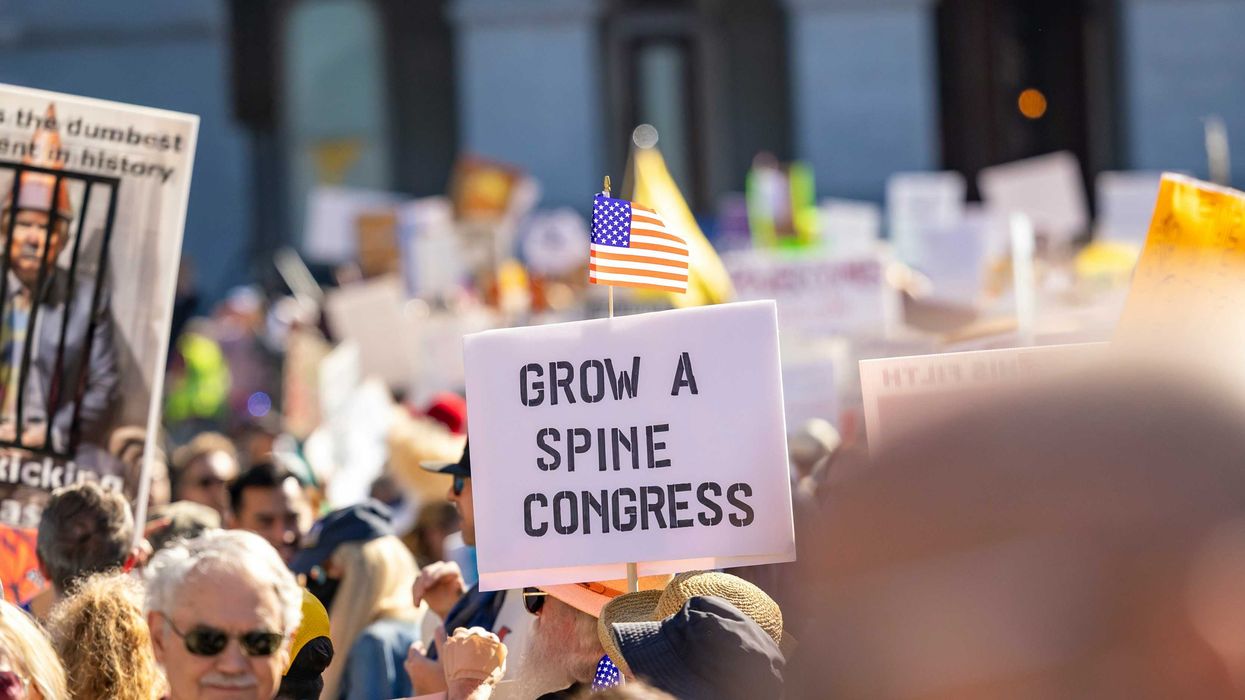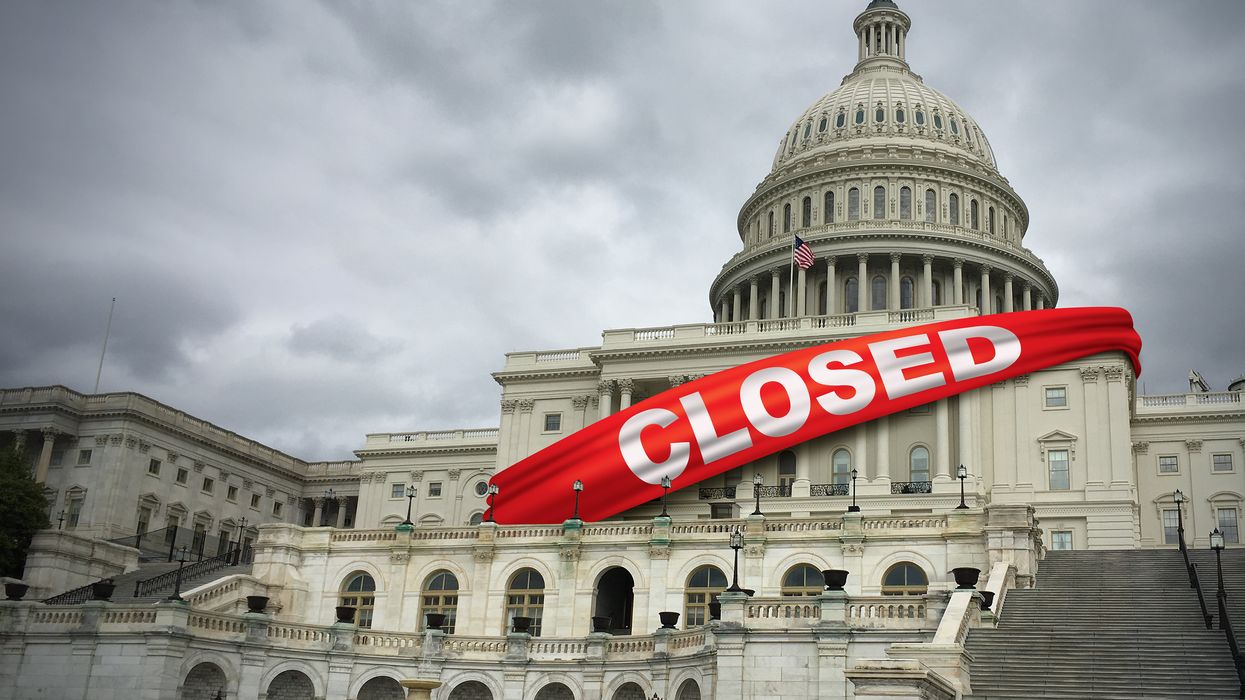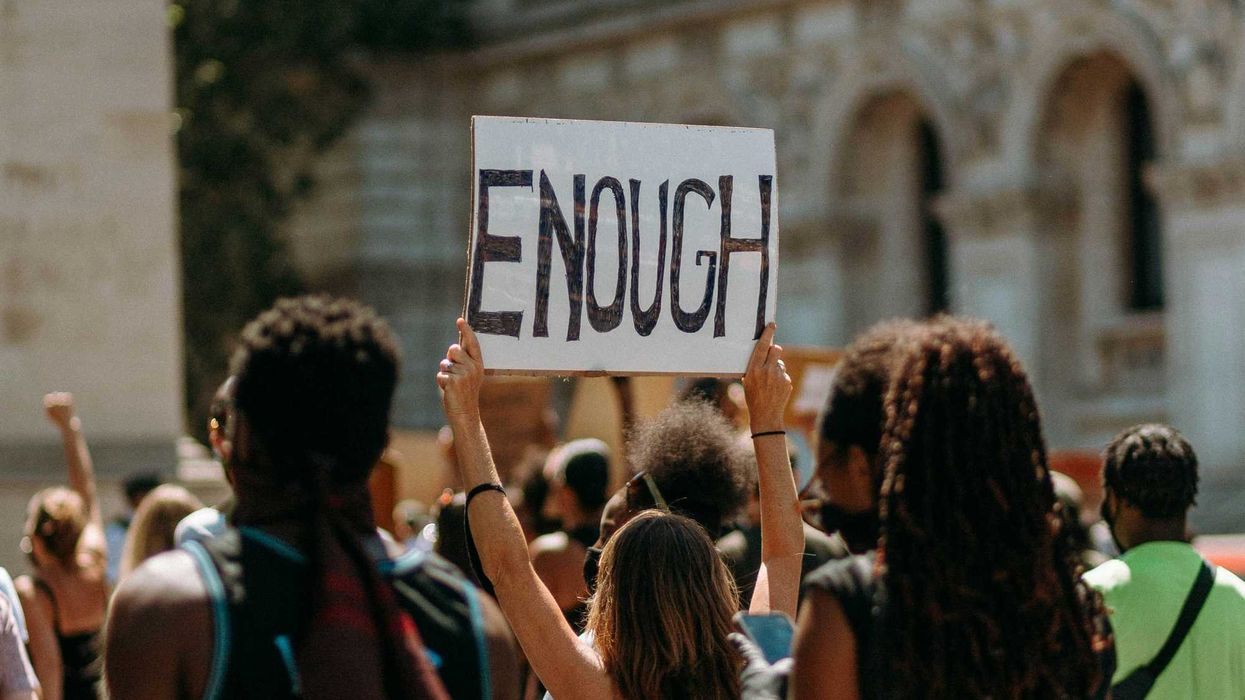Last spring and summer, The Fulcrum published a 30-part series on Project 2025. Now that Donald Trump’s second term The Fulcrum has started Part 2 of the series has commenced.
When it came to the Department of Homeland Security (DHS), Project 2025’s main goal was to dismantle the entire department. Other recommendations included reforming some of the subdepartments, eliminating some programs, and putting much of their responsibilities directly under the White House.
President Donald Trump has not taken Project 2025’s main recommendation for DHS. In fact, he has done quite the opposite. Since Project 2025’s suggestions would have made America much less safe, Trump should be praised for not following them.
Instead of breaking DHS apart, as Project 2025 suggested, Trump is directing more resources to DHS.
Trump’s pick for DHS secretary, former South Dakota Gov. Kristi Noem, shared the following in her welcome remarks to DHS staff on January 28, “We will be the first line of defense for anybody that's in the American homeland. We will do everything that we can to protect the American people.”
Noem also promised to provide the necessary resources to accomplish the agency’s goals.
So, at least from the top, the focus is consistent with DHS’ mission statement, which after September 11, 2001, exclaimed: “We rallied together for our common defense, and we pledged to stand united against the threats attacking our great Nation, fellow Americans, and way of life.”
Prior to her confirmation, Noem told the Homeland Security and Governmental Affairs Committee that “several DHS components have lost track of their missions and are in need of sweeping reforms” and promised to reshape their focuses.
Trump ran his 2024 reelection campaign in part on border security and immigration. Many, including me, believe he won because this issue was of utmost importance to many Americans, so it comes as no surprise that he is using DHS to secure the border even further than it was during the last year of former President Biden’s administration.
According to a memo obtained by CBS News, DHS has authorized law enforcement agents from across the federal government to partake in “investigating, determining the location of, and apprehending undocumented migrants.”
The directive allows federal law enforcement agents to conduct immigration-related enforcement actions that are usually reserved for officials under DHS.
The memo, authored by acting Homeland Security Secretary Benjamine Huffman, says DHS will grant "the functions of an immigration officer" to several Justice Department law enforcement agencies, including the Drug Enforcement Administration, the Bureau of Alcohol, Tobacco, Firearms and Explosives, and the U.S. Marshals Service.
Several days later, there was additional reporting on a memo that Noem sent out on February 7, which extends the above directive to Internal Revenue Service (IRS) officers. Noem asked Treasury Secretary Scott Bessent to deputize qualified IRS agents for certain immigration enforcement efforts and noted their “tasks could include, among other things, auditing employers accused of hiring illegal immigrants, investigating trafficking organizations and seizing properties tied to immigration-related offenses.”
Trump’s and Noem’s move to increase the number of agents involved in immigration enforcement has raised concerns about potential civil rights abuses and inter-agency competition. Other critics argue that these actions have gone beyond the intended scope of DHS’ authority and have raised legal and ethical questions.
One area that Project 2025 and the current administration agree on is the level of bureaucracy and governmental “wokeness.”
Ken Cuccinelli, the author of Project 2025’s chapter on DHS, described the department as “bloated, bureaucratic, and expensive.” He went on to write “DHS has also suffered from the Left’s wokeness and weaponization against Americans whom the Left perceives as its political opponents.”
In one of his first actions, Trump signed an executive order entitled “Ending Illegal Discrimination and Restoring Merit-Based Opportunity,” which terminates all Diversity, Equity, and Inclusion (DEI) programs in all federal agencies, which of course includes DHS, as well as all federal contractors.
Cuccinelli also wrote in Project 2025 that the Cybersecurity and Infrastructure Security Agency (CISA), which is a component of DHS, should “immediately end their counter-mis/disinformation efforts.”
This effort has seemingly been adopted by the new administration and goes even further as the Associated Press (AP) reported on February 10 that “staffers at the nation’s cybersecurity agency (CISA), whose job is to ensure the security of U.S. elections, have been placed on administrative leave, jeopardizing critical support provided to state and local election offices across the country.”
When I wrote the piece on Project 2025’s recommendations for DHS back in July 2024, I suggested that if the next conservative president were to disassemble DHS, as Project 2025 advocated for, the country would be much less safe. Trump has not followed the primary recommendation that the President pursue legislation to dismantle the Department of Homeland Security (DHS).
When looking only at their leading proposition, Trump has done the opposite of what Project 2025 advised. Instead of tearing it apart, Trump is strengthening DHS by dedicating more resources to its charge, specifically toward immigration and border security.
Samples of Phase 2 articles about Project 2025
Samples of Phase 1 articles about Project 2025
- A cross-partisan approach
- An Introduction
- Rumors of Project 2025’s Demise are Greatly Exaggerated
- Department of Education
- Managing the bureaucracy
- Department of Defense
- Department of Energy
- The Environmental Protection Agency
- Education Savings Accounts
- Department of Veterans Affairs
- The Department of Homeland Security
- U.S. Agency for International Development
- Affirmative action
- A federal Parents' Bill of Rights
- Department of Labor
- Intelligence community
- Department of State
- Department of the Interior
- Federal Communications Commission
- A perspective from Europe
- Department of Health and Human Services
- Voting Rights Act
- Another look at the Federal Communications Commission
- A Christo-fascist manifesto designing a theocracy
- Voters oppose the far-right playbook
- The Schedule F threat to democracy
- The Department of Justice
- A blueprint for Christian nationalist regime change
- How anti-trans proposals could impact all families
- The Federal Reserve
- A threat to equitable education
Lynn Schmidt is a columnist and Editorial Board member with the St. Louis Post-Dispatch. She holds a masters of science in political science as well as a bachelors of science in nursing.



















